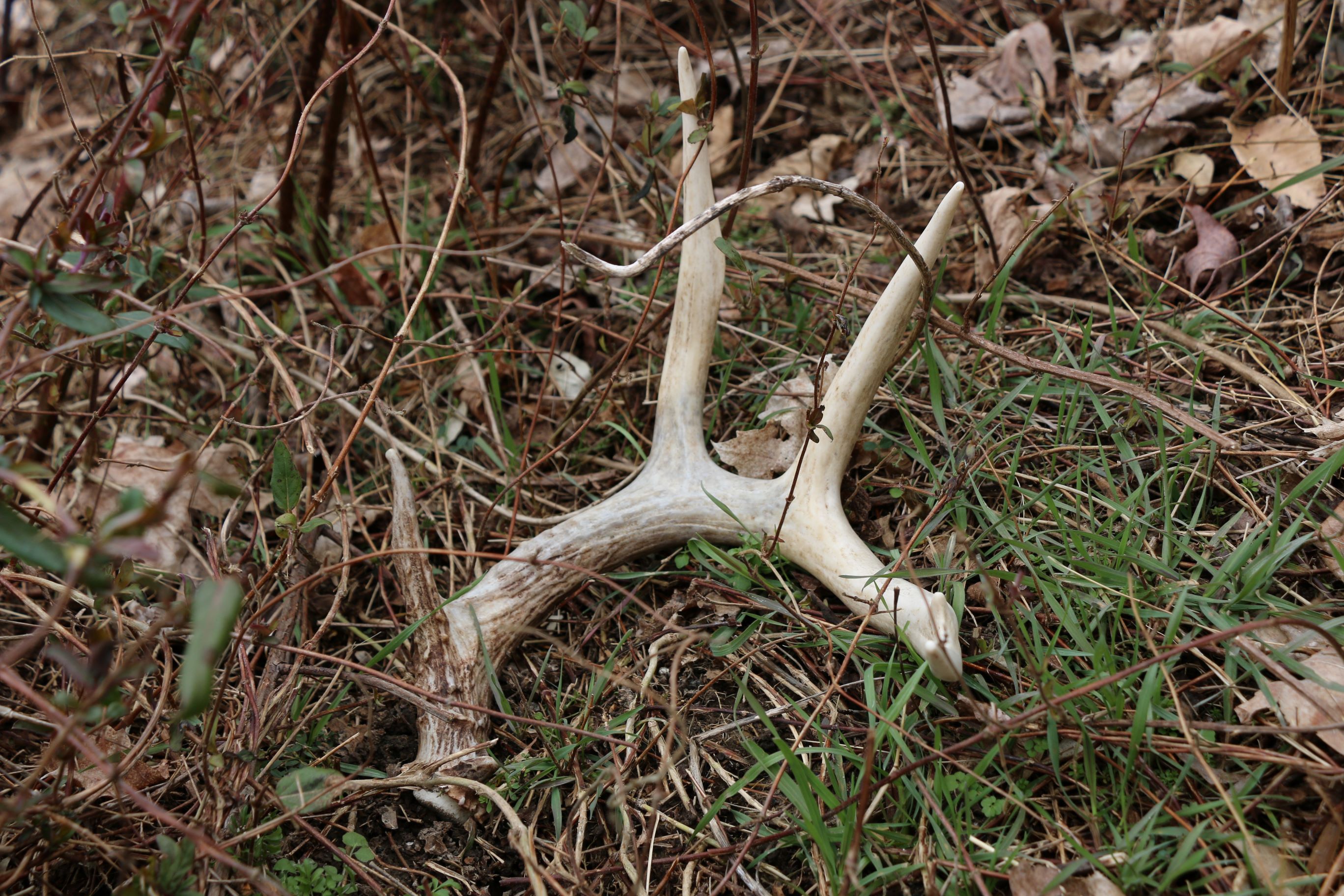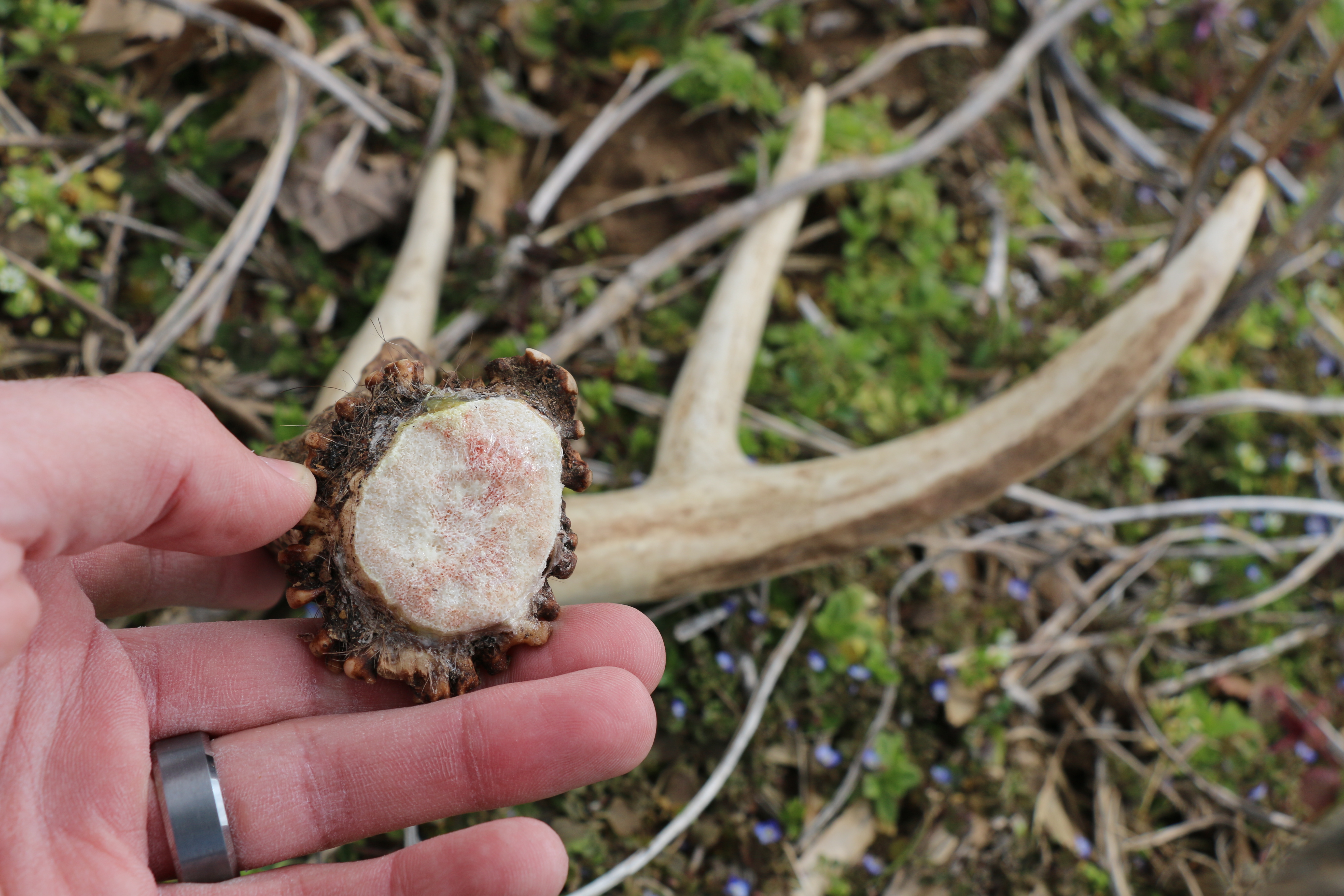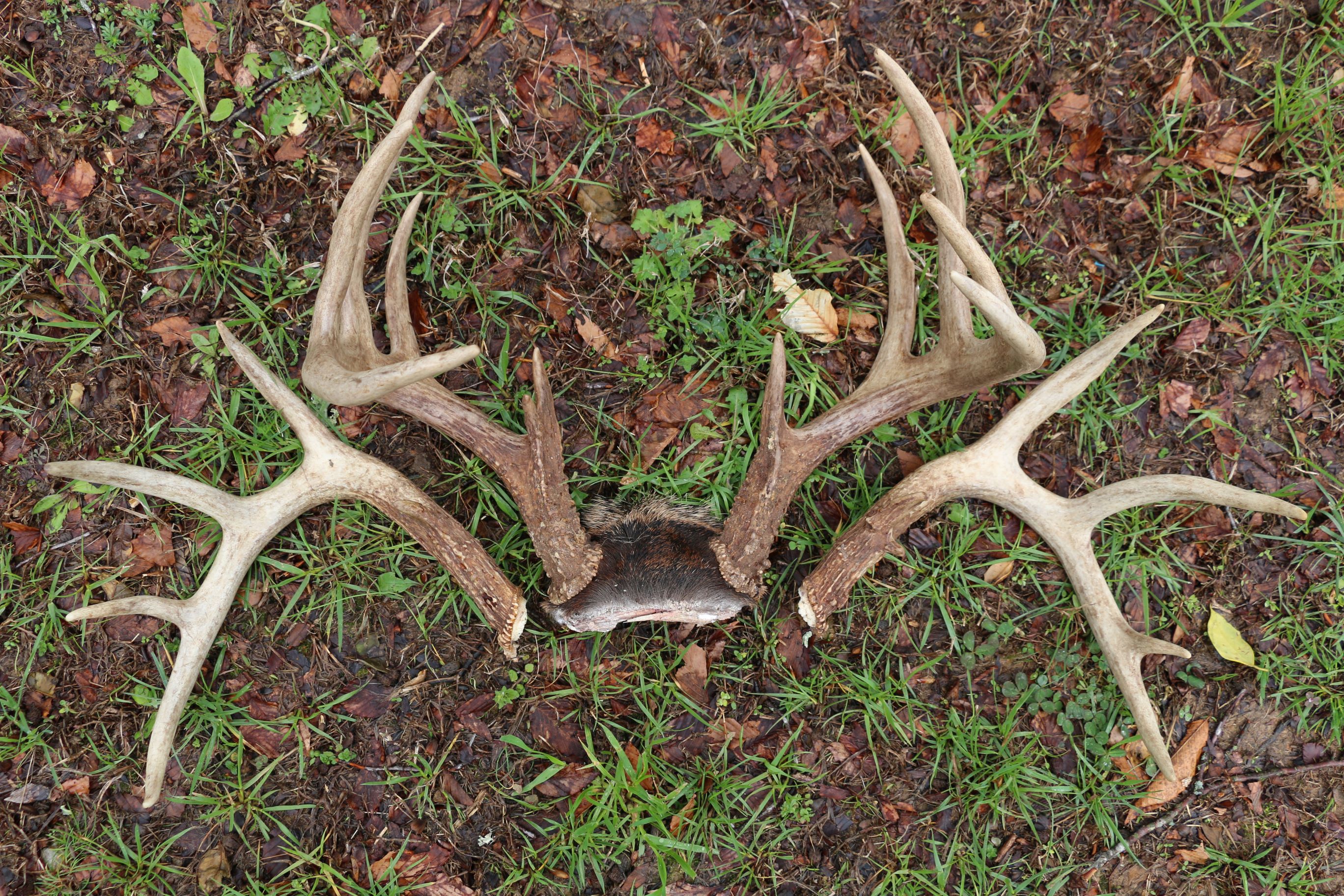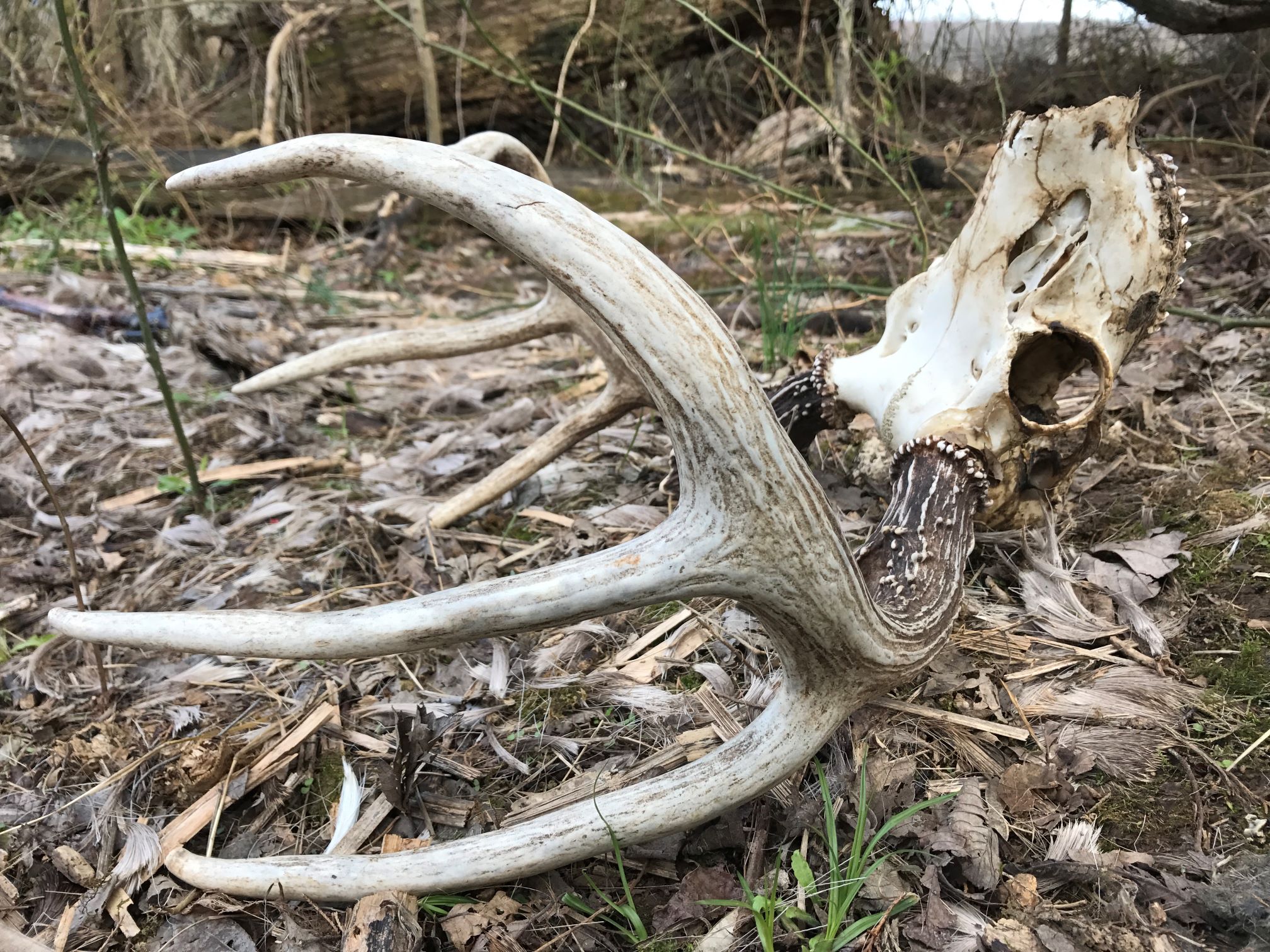
Don’t fall for these shed hunting fallacies.
There are many misconceptions about shed hunting. Some are half-truths, while others are completely false. It’s important to stay on top of what’s accurate info and what isn’t. Here are myths in shed hunting to know and avoid.
1. Shed Antlers Don’t Teach You Anything
Some will say shed antlers can’t teach you anything. That’s untrue. Shed antlers can tell you numerous things. The quality of a new hunting property, antler drop timing, that a specific buck lived through the season, where a deer spent the winter, the location a specific buck bedded, the area a deer fed and watered, verification of a buck’s specific habits, the overall health of a buck, how much a buck grew year-over-year, and more. These are all things you can learn from shed antlers.
2. Sheds Have No Purpose
Similarly, some say sheds have no purpose, which, again - isn’t true. Sheds serve the reasons stated above. They can also be great for showcasing history with a deer. They can serve as décor. And it’s just plain fun to find and have sheds.

Shed hunting is fun and offers valuable info to hunters.
3. Sheds Have No Value
You won’t get rich off shed antlers. At least, not unless you have a lot of massive antlers. However, antlers still have significant value. Of course, these are only worth what someone is willing to pay, but the antler market is robust, and for some, quite lucrative.
4. All Bucks Shed at the Same Time
Some say the bulk of bucks shed right around the same time. That’s false. Some bucks begin shedding as early as December. Others won’t lay down the crown until March or April. It’s a pretty wide window.
5. Bucks Always Shed in the Same Spot
Somewhere along the way, people started saying that bucks shed in the same locations each year. It’s possible to find sheds in the same general areas, even by the same bucks. However, that isn’t because a buck goes to the same spot to drop the head gear. It’s because the property satisfied that buck’s needs in the same areas and ways year-over-year.

You can gauge the health of the buck by studying the underside of the pedicle.
A healthy buck will have a protruding pedicle and an unhealthy deer will have a concaved pedicle.
6. Temperature Dictates Shedding
Hit a cold snap in winter and people will start chattering about antlers dropping soon. While cold and inclement weather can indirectly impact the antler drop, it isn’t the primary factor. Decreasing testosterone levels that hit a certain threshold is the real trigger. Of course, severe weather, long stints of cold temperatures, waning food sources, poor nutrition, health issues, significant injuries, and other things, can cause testosterone levels to drop low enough to spark shedding. Or, eventually, it’ll happen at the natural, typical rate.
7. Bedding Areas Are the Only Places to Grab White Gold
It’s true — bedding areas are great places to find shed antlers, but they don’t hold all of these. Food sources see a lot of antler drops, too. Don’t just search the bedroom. Scour the dinner table, as well.

Sheds can show you how much a buck grew from one year to the next.
8. Crossings Are the Best Spots for Sheds
Just as bedding areas aren’t the only places for sheds, crossings aren’t the best either. These are, however, still great spots to find antlers. Ditch, creek, river, and other crossings are solid spots, but don’t call them the best. They're far from it.
9. Shed Dogs Will Greatly Increase Your Haul
A shed dog is a phenomenal asset during a shed hunt. They’ll recover antlers humans can’t or don’t find. But, unless you are terrible at shed hunting, a shed dog won’t increase your shed haul exponentially. Even self-proclaimed shed dog trainers claim that a shed dog might only increase your annual shed finds by 20-50%.
10. Any Dog Can Be a Shed Dog
Your 8-year-old mutt that eats more donuts than Uncle Joe and chases more squirrels than a rabid coyote isn’t a guaranteed shed dog. Of course, you don’t need a special breed to have a shed dog, but it does take training. Some dogs can do it, others can’t.
11. There Are No Rules with Sheds
In many states, shed hunting has no regulations, but most states do have rules to follow. Virtually all states prohibit shed antler traps (to trigger premature antler shedding). Additionally, select states have season dates for shed hunting, but that’s mostly limited to western destinations. A few areas don’t permit shed hunting at all.
12. There Are No Rules with Dead Heads
Just because you find a dead buck doesn’t mean you can pick it up. In most states, you must obtain a salvage or carcass tag from a conservation officer before picking up a dead buck that you didn’t harvest. Oftentimes, this process requires a game warden to inspect the dead deer and hand the tag to the shed hunter who discovered the expired animal. Then, that tag remains with the dead head just like a harvest tag would a harvested deer.

Don’t pick up that dead head until you receive a carcass tag from a conservation officer.
Without a doubt, there are other myths in shed hunting, but these are some of the most common. Keep this newfound knowledge at the forefront while shed hunting this winter and spring.
Article by Josh Honeycutt
Photos by Honeycutt Creative



